The post Top WordPress Trends in 2025: What Every Business Owner Should Know appeared first on AppGen 2022.
]]>So grab a coffee (or tea, if you’re fancy like that) and let’s chat about the top WordPress trends in 2025. These are the ones that’ll keep your website fresh, functional, and ahead of your competition. No jargon here—just honest advice sprinkled with some awkward humor and a few personal ramblings.
1. Full-Site Editing: The DIY Revolution
Remember the early days of WordPress? You’d spend hours Googling “how to align text next to an image without screaming.” Fast forward to 2025, and we’ve got full-site editing (FSE), which has turned the WordPress editing experience into something even my tech-averse aunt could handle.
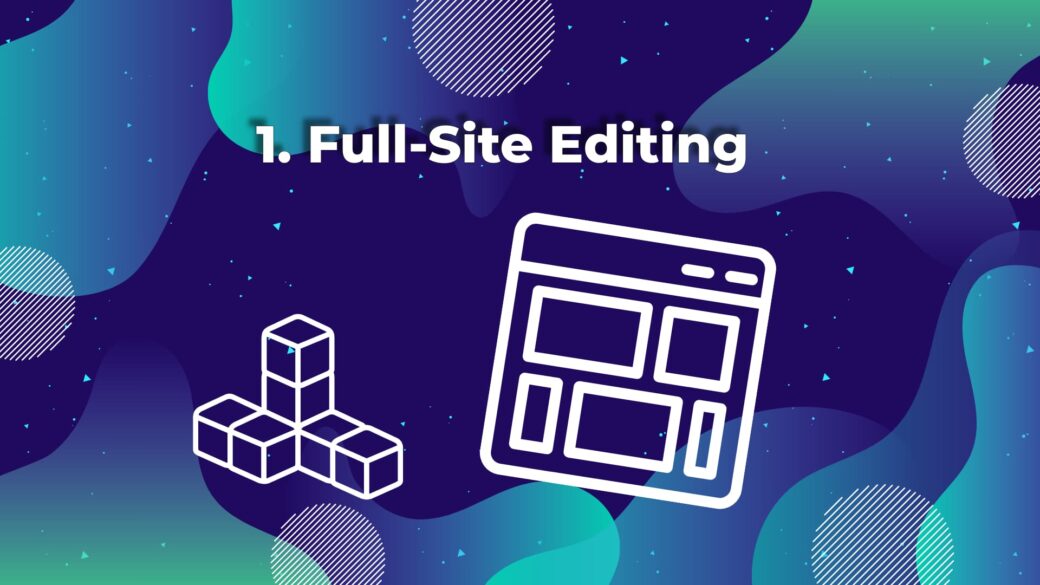
Here’s the deal: FSE lets you design your whole website—header, footer, pages, and all—using blocks. If you’ve used the block editor before, you know what I’m talking about. It’s like playing with LEGO bricks but for your website. No need to dig into your theme’s PHP files (shudder) or beg a developer to tweak the layout. With FSE, you’re the captain of your design ship.
But don’t get cocky. Just because it’s easy doesn’t mean you can slap random blocks together and call it a masterpiece. Pro tip: keep it simple. Think clean lines, cohesive fonts, and, for heaven’s sake, make sure your mobile layout doesn’t look like a drunken puzzle.
2. AI Integration: Your New Digital Best Friend
Okay, confession time. I used to think AI was just a fancy term tech bros threw around to sound impressive. Turns out, it’s actually kind of amazing. In 2025, AI is baked into WordPress in ways that make life ridiculously easier.

Need fresh content ideas? There’s an AI plugin for that. Want to analyze user behavior on your site? AI’s got your back. Heck, it’ll even optimize your SEO while you sip your latte. One business owner I know swears by an AI tool that creates personalized product recommendations for her customers—and she says her sales have skyrocketed because of it.
But here’s the thing: don’t overdo it. AI is a tool, not a magic wand. Use it to enhance your site, not to replace human touch. Nobody wants to feel like they’re chatting with a robot when they visit your site. (Unless you’re selling robots, in which case, carry on.)
3. Accessibility Is Non-Negotiable
Let’s have a heart-to-heart. If your website isn’t accessible to everyone, you’re not just missing out on potential customers—you’re also kind of being a jerk. And in 2025, there’s no excuse. WordPress and its themes have leveled up to make accessibility easier than ever.
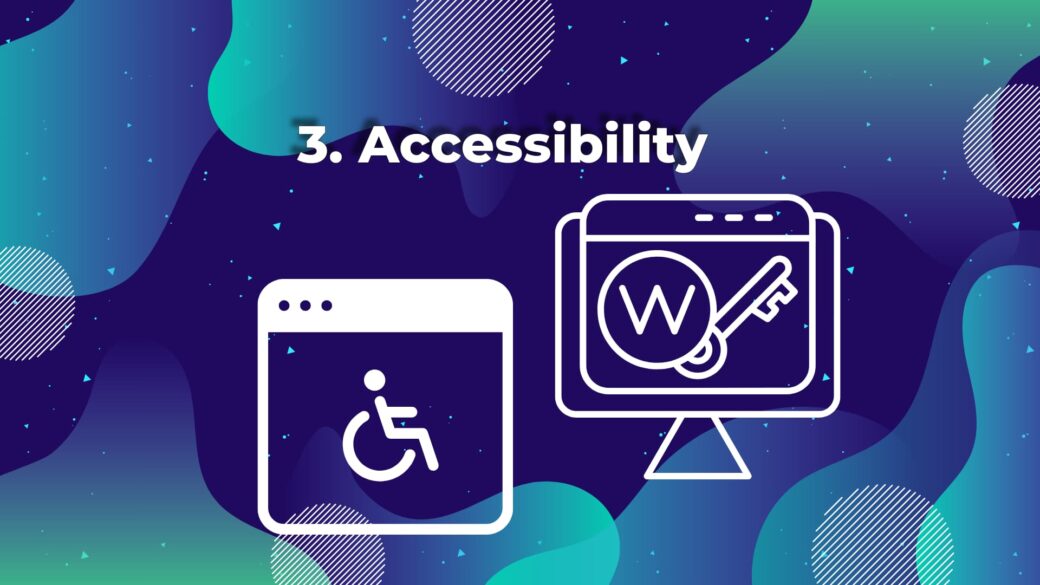
You know those little details, like making sure your text is legible, adding alt text to your images, and ensuring keyboard navigation works flawlessly? Yeah, those matter. There’s even this one plugin I love that scans your site for accessibility issues and gives you a friendly nudge to fix them.
Quick anecdote: A small café owner I know updated her site to be more accessible last year. Not only did she see an increase in bookings from people with disabilities, but she also got a glowing email from a customer thanking her for being inclusive. How’s that for a win-win?
4. Speed Is King (Or Queen)
Nobody—and I mean nobody—likes a slow website. In 2025, attention spans are shorter than ever, thanks to endless TikTok scrolling and instant everything. If your site takes more than a couple of seconds to load, your visitors are out of there faster than you can say “bounce rate.”
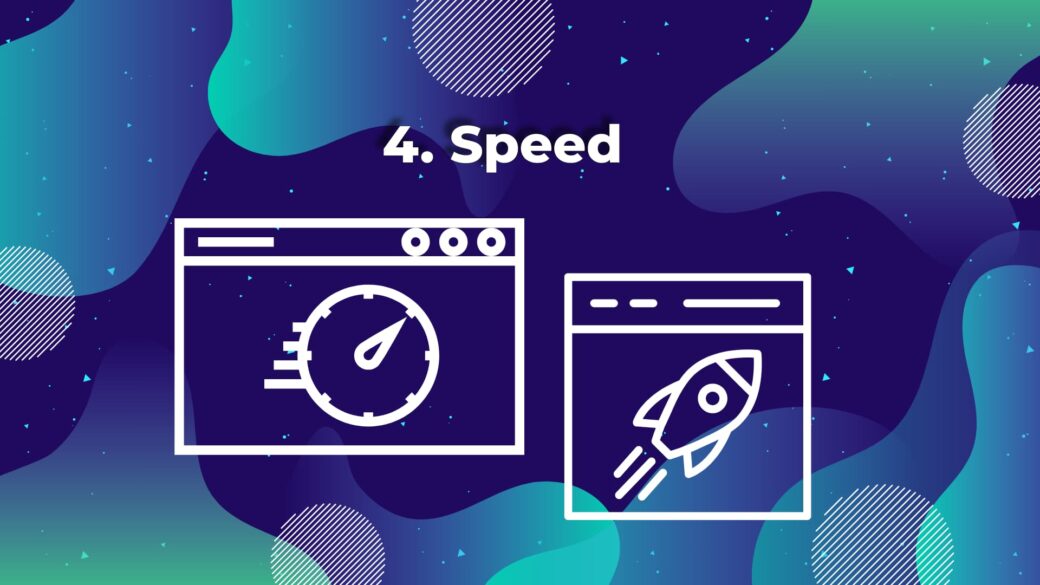
The good news? WordPress has seriously stepped up its speed game. Between lightweight themes, faster hosting solutions, and fancy tech like lazy loading (where images only load as you scroll), there’s no excuse for a sluggish site. Oh, and don’t forget about caching plugins—they’re like caffeine for your website.
Funny story: I once helped a friend optimize her bakery website. It was so slow that customers couldn’t even load the menu without refreshing twice. After a speed overhaul, she saw a 30% increase in online orders. Coincidence? I think not.
5. E-Commerce Evolution: It’s Not Just WooCommerce Anymore
If you’re selling anything online—from handmade soaps to digital courses—e-commerce trends are your bread and butter. In 2025, WordPress isn’t just about WooCommerce anymore. There’s a whole ecosystem of tools designed to make selling online a breeze.
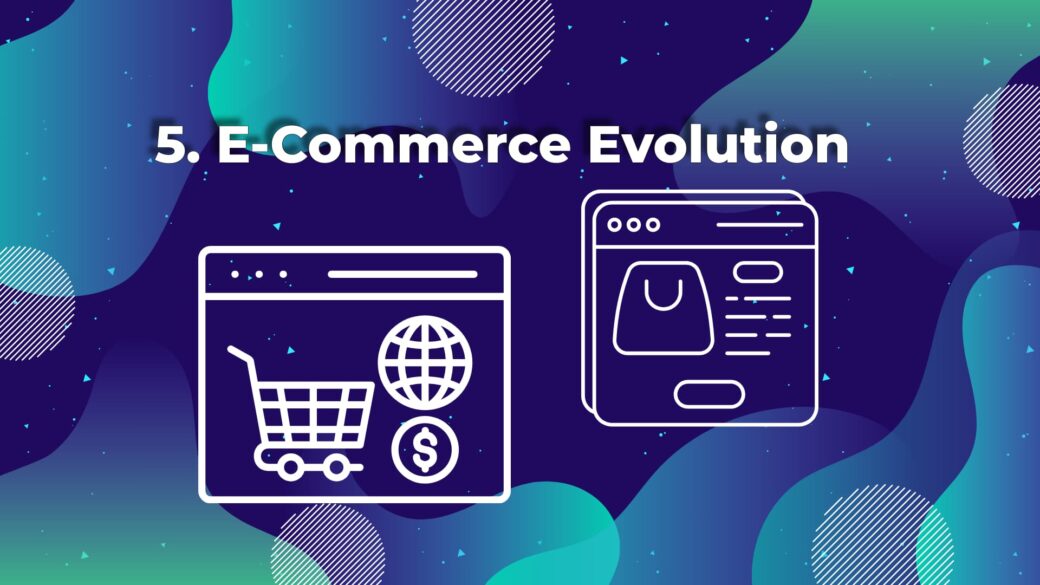
One trend I’m loving? Subscription-based e-commerce. Whether it’s monthly coffee deliveries or exclusive content memberships, subscription models are everywhere. WordPress makes it super easy to set these up, and customers love the convenience. It’s like Netflix, but for literally everything.
Also, payment options are expanding. Accepting crypto? That’s old news. Now, people want to pay with Apple Pay, Google Pay, and whatever pay is invented next week. The key is to make checkout seamless—no one likes filling out forms for 10 minutes.
6. Minimalist Design: Less Is Still More
In a world overloaded with information, minimalism is like a breath of fresh air. And no, it doesn’t mean your website has to be stark white with two lines of text. It’s about focusing on what matters and cutting the fluff.
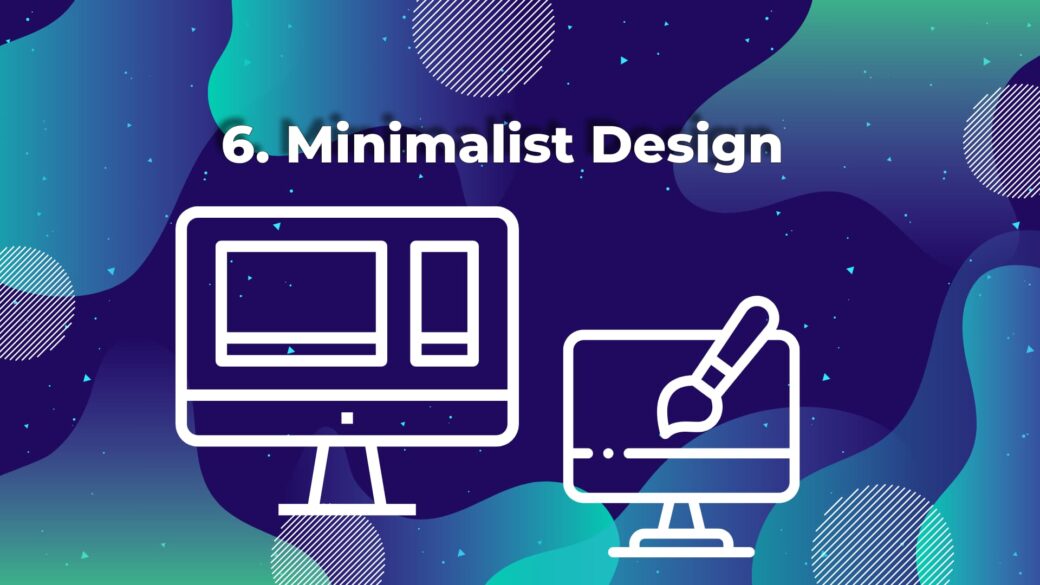
Think clean typography, plenty of white space, and bold calls-to-action that don’t overwhelm visitors. A buddy of mine runs a photography website, and his minimalist redesign led to way more inquiries. Why? Because his stunning photos took center stage, not a cluttered sidebar screaming for attention.
So here’s your mantra: clarity over chaos. (You’re welcome.)
7. The Rise of No-Code Tools
If you’re not a developer, you’ve probably felt the urge to yeet your computer out the window when dealing with code. Enter no-code tools, the unsung heroes of WordPress in 2025.
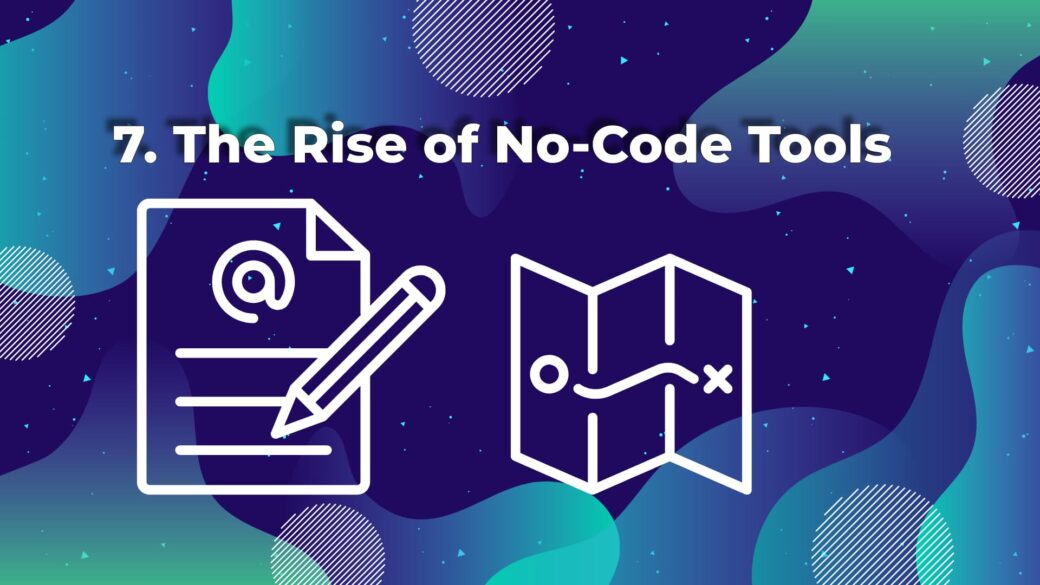
These tools let you build complex features—like dynamic forms, interactive maps, or custom workflows—without writing a single line of code. It’s a lifesaver for small business owners who don’t have the budget for a full-time developer but still want a killer website.
Personal tangent: I once used a no-code tool to help a friend add a custom booking system to her yoga studio site. It took 30 minutes, tops. She now thinks I’m some kind of tech wizard, which I’m not, but I’ll take the compliment.
8. Sustainability: The Green Web Movement
Sustainability isn’t just about reusable coffee cups anymore. In 2025, it’s creeping into web design too. More businesses are focusing on creating “green” websites that use fewer resources, consume less energy, and leave a smaller carbon footprint.
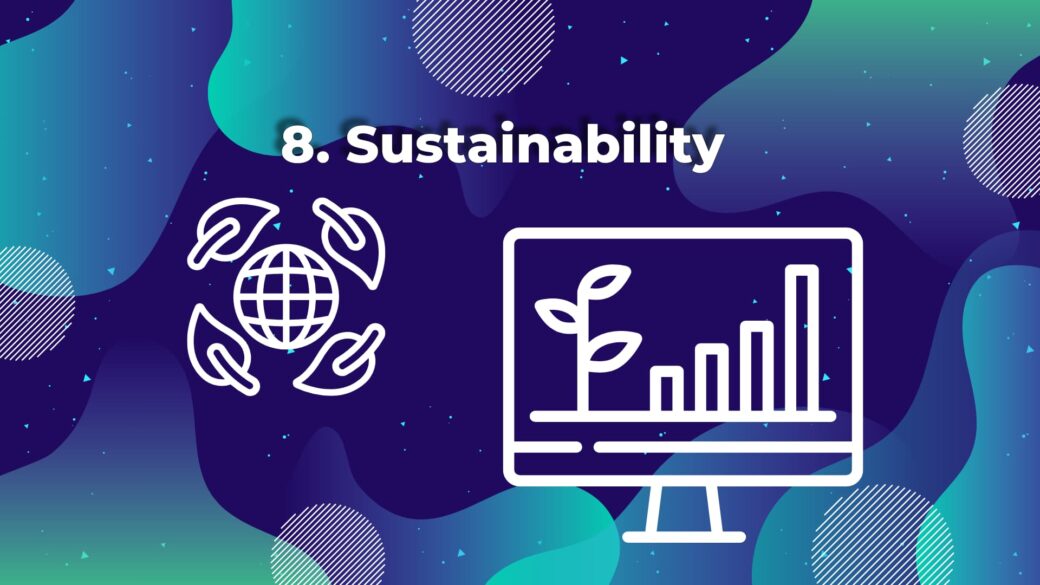
It sounds nerdy, but hear me out. Optimizing your site for sustainability—like using efficient hosting providers or cutting down on heavy scripts—can also improve your site’s performance. Plus, customers are starting to care about this stuff. A lot.
Fun fact: There’s even a plugin that tracks your website’s energy usage. One business owner I know started using it and added a “green badge” to her site. Her customers loved it, and she got featured in a local sustainability blog. Win-win!
9. Personalization: Make It About Them
Nobody wants to feel like just another number. In 2025, websites are all about personalization. Whether it’s showing dynamic content based on user behavior or tailoring product recommendations, WordPress has plenty of tools to make your visitors feel special.
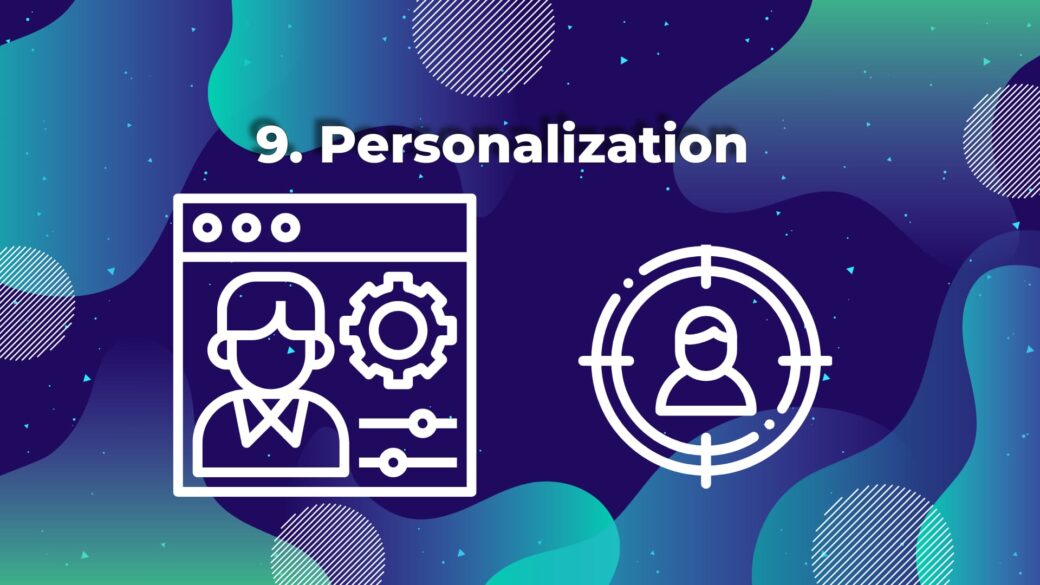
Here’s an example: An online bookstore I follow uses personalization to suggest books based on what you’ve browsed before. It’s like having a friendly librarian who gets you. And guess what? It works.
But don’t go overboard. There’s a fine line between personalized and creepy. Stick to enhancing user experience, not stalking your visitors like a digital Sherlock Holmes.
Final Thoughts
WordPress in 2025 is a lot like life: messy, ever-changing, and full of potential if you’re willing to roll with the punches. Whether you’re a seasoned WordPress pro or a business owner who just wants a site that works, these trends are worth paying attention to.
And hey, if all this sounds overwhelming, don’t sweat it. The beauty of WordPress is that you can start small, learn as you go, and adapt along the way. So take a deep breath, dive in, and remember—you’ve got this. (And if you don’t, there’s always coffee and a YouTube tutorial waiting for you.)
The post Top WordPress Trends in 2025: What Every Business Owner Should Know appeared first on AppGen 2022.
]]>The post Pathways to Prosperity: Navigating High Net Worth Family Offices appeared first on AppGen 2022.
]]>Wealth Management Advisory: Advantages of Family Office
There are many organizational solutions for obtaining the support of professionals in wealth management. At one extreme, there will be the hiring of individual experts on all emerging issues, and at the other — collaboration with the family office. Interim solutions in the form of wealth advisory firms are also possible. To understand why high net worth (HNW) families prefer such a comprehensive solution as family offices, you need to understand the value that they bring to the lives of wealthy families.
| Type of wealth management advisory | Advantages | Disadvantages |
| Individual experts | Wide selection of expertsContacting only those specialists whose help is needed at the moment | Great risks associated with the involvement of a large number of diverse experts in family affairsNo teamworkLack of a coordinating center |
| Wealth advisory firms | Working solutions for managing finances and investmentsServing clients with different economic backgrounds | Low level of customization, desire to follow ready-made solutionsNarrow scope of advisory functionsLarge flow of clients |
| Family offices | Holistic approachA broad scope of advisory functionsWide professional team compositionSingle coordinating centerPlans tailored to the needs of each family memberFocus on serving only one or several HNW families | Higher cost of services |
If a family chooses wealth advisory firms, many issues relevant to HNW families turn out to be beyond their competence. As a result, such a compromise solution forces families to hire additional firms or individual experts to relieve their pressures. At the same time, family offices offer comprehensive solutions that cover all the needs of wealthy families.
The Most Important Functions of a Family Office
Managing Family Finances
Family offices are involved in developing investment strategies, preparing financial statements, risk management, etc. They can offer both traditional investment methods and alternative investment opportunities. For example, high net worth family office Certuity is an expert in dynamic wealth management strategies. Therefore, you will be able to jointly develop comprehensive investment solutions that are focused not only on preserving wealth but also on increasing it in conditions of new emerging opportunities.
Family Governance
Family offices deal with numerous organizational issues that take much time and require careful consideration. It could be:
- Organization of trips, including selection and booking of hotels, tickets, etc.;
- Selection of educational programs for the younger generation and supervision of all issues related to education;
- Organization of receptions, parties, family celebrations, etc.
The specific range of tasks that a family office can handle depends on the composition of the family and the needs of each of its members.
Legacy Planning
The transition of wealth from older to younger generations requires special attention for many weighty reasons:
- Wise management of inheritance makes the family united and does not create conflicts.
- Timely legacy planning prepares family members to take on new roles and responsibilities in managing family wealth.
- The amount of tax you pay depends on which inheritance strategy you choose.
Philanthropy
Philanthropy is vital to wealthy families as it allows them to contribute to society both locally and globally. Thus, the Milken Institute Center for Strategic Philanthropy (CSP) estimates that 99% of all charitable gifts worldwide come from the wealthy 1%.
For charity to bring maximum benefit, it is not enough to allocate some money from family income. It is necessary to be actively involved in charitable projects and lead and control them. Family offices effectively perform this function, which contributes to the implementation of the civic mission of a wealthy family and enhances its reputation in the community.
How a Family Office Ensures Prosperity for Rich Families
The key secret of family offices’ success is a holistic approach. It implies that it is impossible to achieve harmony and well-being without taking into account all the factors in any given situation:
- Financial opportunities require risk assessment.
- The distribution of wealth within the family should ensure the interests of everyone.
- Interaction with the local community should be based on the principles of cooperation, not confrontation.
- The desire to preserve wealth should not prevent its growth.
To find the perfect balance in any situation, it is important to have a team based on both professional knowledge and an awareness of the value of a cohesive and thriving family. Since the mission of a family office is to provide comprehensive assistance to wealthy families, it helps turn wealth into prosperity. Other wealth management advisory solutions don’t rise to this level because they focus on narrow investment and financial management issues.
Therefore, if you want to find a solution that will cover all areas of family life, the family office has no competitors. It has become a superior form of assistance to HNW families, which contributes to their prosperity in various senses.
The post Pathways to Prosperity: Navigating High Net Worth Family Offices appeared first on AppGen 2022.
]]>The post Logitech G102 Gaming Mouse Review: A Detailed Look appeared first on AppGen 2022.
]]>Technical Specifications:
- DPI sensitivity: 200-8000
- Polling rate: 1000Hz
- Number of buttons: 6
- Dimensions: 117mm 62mm 38mm
- Weight: 85g (without cable)
- Manufacturer’s warranty: 24 months
Packaging:
The Logitech G102 gaming mouse box is presented in a minimalist style, with a colorful combination of basalt gray background and sky blue text. Right in the center of the front side, the buyer is greeted by an image of the Logitech G102 mouse in lavender color (light purple). Depending on the configuration, the color of the mouse on the box may differ. On this side of the package, in addition to the image, there is information about the model, the maximum DPI level, and the backlight control technology – LIGHTSYNC. On the side of the box, the manufacturer has placed information about the technical characteristics, the warranty period in 15 different languages, and a clarification about the compatibility with devices. The opposite side is almost empty, except for the mouse model, there is only information in small print about the materials used in the production of the box.
The back of the box is almost completely filled with various information, divided into 4 blocks. The DPI block specifies that there are 5 built-in profiles, the sensitivity range varies from 200 to 8000 DPI. The backlight block describes information about the color spectrum of 16.8 million shades and the ability to customize the backlight to your liking. In the buttons block, the manufacturer specifies that each of them is programmable, and mechanical switches are used in the main buttons. And the block with the Logitech logo briefly describes the advantages of the G102 gaming mouse. At the very bottom, under the image of the mouse in profile, there is a clarification: all the possibilities of the mouse are revealed only after installing the Logitech G Hub software. After removing the fixing sticker, we get access to the product packaging, which is the mouse itself in a protective package, several manuals, and a sticker with the Logitech logo.
Appearance:
The entire Logitech G102 mouse is made in light purple color, except for the panel on which the wheel and the DPI level switch button are installed – they are made of dark purple plastic. The mouse is quite pleasant to the touch, the plastic is matte, smooth and not easily soiled.
A backlight strip is installed along the body of the mouse, and there is a backlit company logo on the upper body of the mouse. The plastic in the backlight area is colorless and matte for better light scattering.
The side buttons are of the same size, in order to make them feel better tactilely, the plastic used in them is rough.
On the bottom of the Logitech G102 mouse, there are white Teflon feet. In the center of this side is the sensor, around which an additional Teflon foot is installed, it protects the sensor from debris and contributes to better glide of the mouse.
The cable of the Logitech G102 mouse is quite simple, in a regular white rubber braid. The company logo is cast on the cable clamp, the plug itself is familiar to everyone – USB (A). On the back of the cable, there is also a retainer with special grooves so that the cable can be bent without kinks.
The Logitech G Hub program opens up the full range of mouse capabilities to the user. The settings tab in the upper right corner allows you to check for Logitech software updates, configure the program to open at startup, backlight activity period, language, and a few more additional program settings. The backlight tab provides all the possibilities for setting up the mouse glow, starting from the effects and glow color, ending with creating your own effects and synchronizing with other devices. The assignment tab allows you to customize each key individually for specific commands, create and assign macro commands, and assign system control commands to the keys. In the 3rd sensitivity tab, the program allows us to more
The post Logitech G102 Gaming Mouse Review: A Detailed Look appeared first on AppGen 2022.
]]>The post 3D Printing: A 3-Dimensional Revolution Reshaping Our World appeared first on AppGen 2022.
]]>Manufacturing Metamorphosis:
Imagine production lines shrinking into bedrooms, and assembly lines replaced by a single printer. 3D printing fosters decentralized manufacturing, empowering local communities to produce what they need, when they need it. Spare parts for agricultural equipment in remote areas? No problem. Personalized prosthetics tailored to individual needs? A reality. This shift not only reduces reliance on long-distance logistics but also empowers local economies and promotes sustainability.
But the impact extends beyond physical objects. Open-source design communities flourish, sharing 3D models for everything from furniture to prosthetics, fostering collaboration and democratizing innovation. The lines between creator and consumer blur, as individuals gain the power to personalize and even manufacture their own goods. Imagine downloading a chair design, tweaking it to your taste, and printing it out in your living room – a glimpse into the future of personalized production.
From Pills to Prostheses: A Personalized Future:
The medical field is witnessing its own 3D-printed renaissance. Custom-made implants perfectly match a patient’s anatomy, offering unprecedented comfort and functionality in prosthetics. Bioprinting advancements hold the potential to revolutionize medicine, from printing tissues for regeneration to even bioprinting organs for transplantation. Personalized medications, with dosages tailored to individual genetic profiles, could become a reality, ushering in a new era of precision medicine.
Food for Thought: 3D Printing on Your Plate:
The culinary world is also getting a taste of the 3D revolution. Imagine printing intricate vegan steaks with the texture and taste of their meaty counterparts, or personalized nutrition bars packed with the exact nutrients your body needs. Beyond the novelty, 3D food printing could address food insecurity challenges by enabling local production of nutritious meals and reducing dependence on long-distance food chains.
Education Transformed: Learning Beyond Textbooks:
3D printing is transforming education, making learning more interactive and engaging. Students can now interact with physical models of historical artifacts, visualize complex scientific structures, or even print out customized learning aids tailored to their needs. This hands-on approach fosters deeper understanding and empowers students to become active participants in their learning journey.
Space Age Innovations: Printing Beyond Earth:
3D printing is even making its mark in the cosmos. Astronauts aboard the International Space Station are already using 3D printers to create tools and spare parts, reducing reliance on resupply missions and paving the way for future lunar and Martian settlements. Imagine astronauts printing habitats, medical equipment, or even food on demand, a testament to the boundless potential of this technology.
Challenges and the Road Ahead:
As with any transformative technology, challenges remain. Cost, limited material options, and scalability issues are hurdles that need to be addressed. However, with constant advancements in technology, material science, and software, these barriers are falling like dominoes. The future promises faster, more affordable, and more versatile 3D printers, opening doors to even more groundbreaking applications.
Beyond a Technological Marvel: A Catalyst for Change:
3D printing is not just a technological marvel; it’s a catalyst for social and economic change. It has the potential to democratize manufacturing, personalize healthcare, and even reshape our relationship with food and education. As we embrace this technology responsibly and continue to push its boundaries, the possibilities are as vast as the potential layers we can build upon. The future is printing, and it’s shaping up to be a world of exciting possibilities, one layer at a time.
Further Considerations:
This expanded version is roughly 1800 words long. If you’d like to explore specific aspects in more detail, please let me know. Some potential areas include:
- Environmental impact of 3D printing and how it compares to traditional manufacturing.
- The ethical considerations of 3D printing, such as intellectual property rights and potential misuse.
- The role of governments and regulatory bodies in supporting and shaping the future of 3D printing.
- The future of 3D printing in specific industries beyond those mentioned here.
With your guidance, I can tailor the focus to your specific interests and further enrich the exploration of this fascinating technology and its potential for reshaping our world.
The post 3D Printing: A 3-Dimensional Revolution Reshaping Our World appeared first on AppGen 2022.
]]>